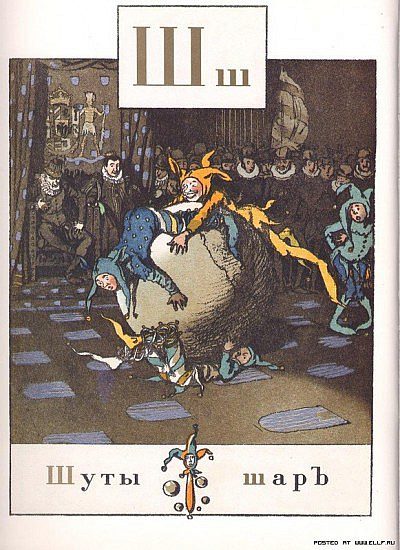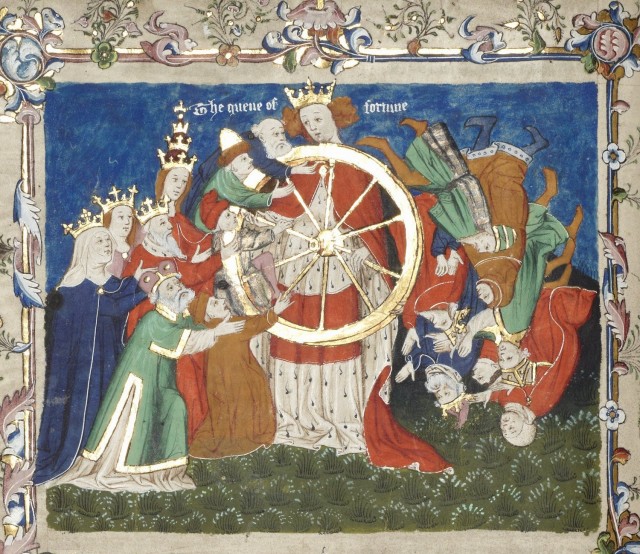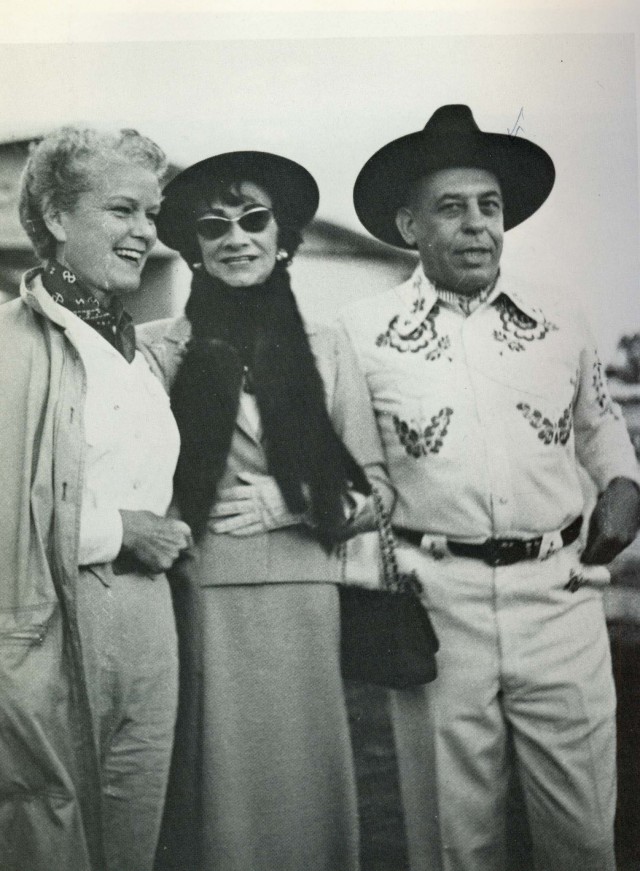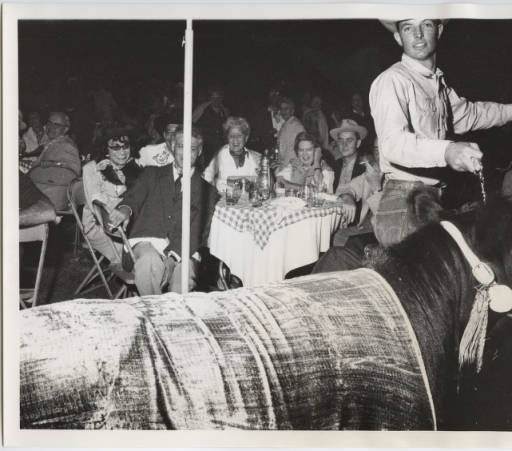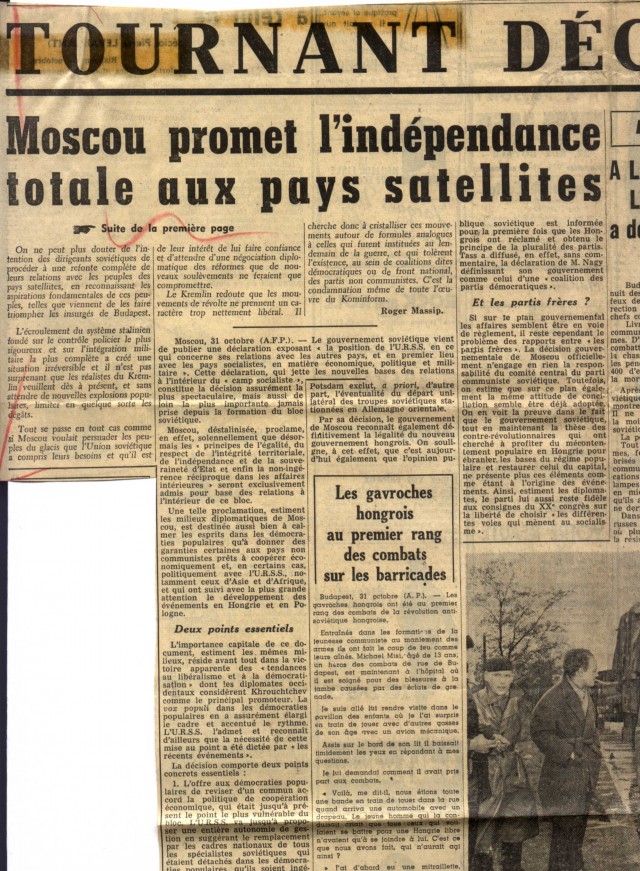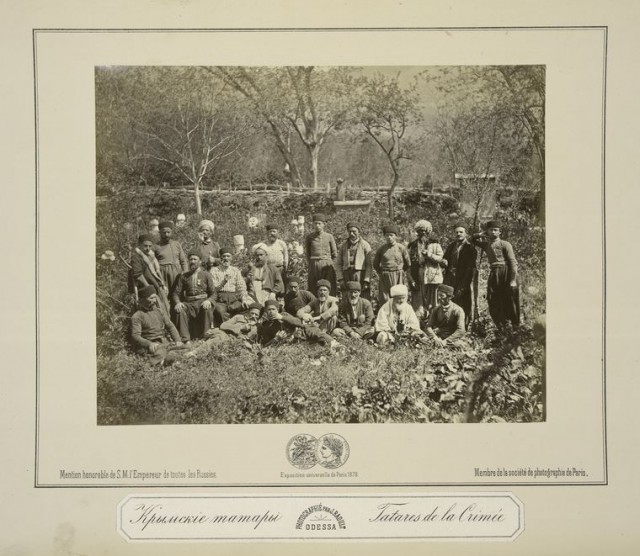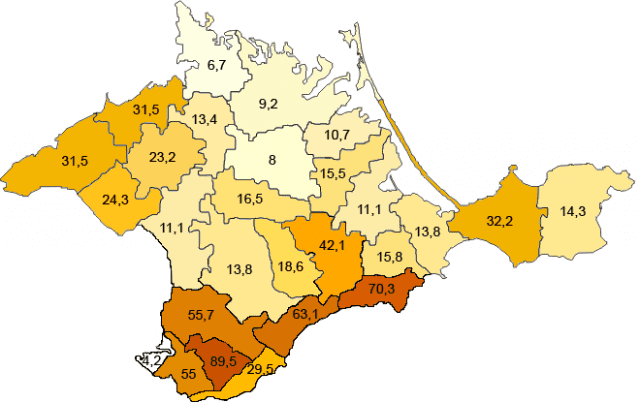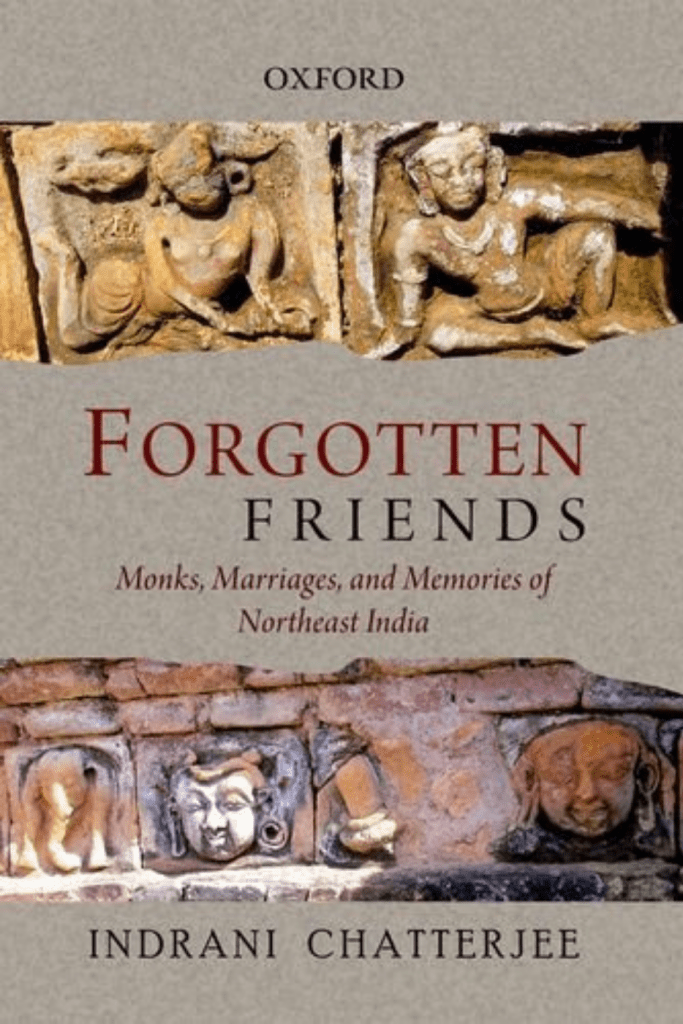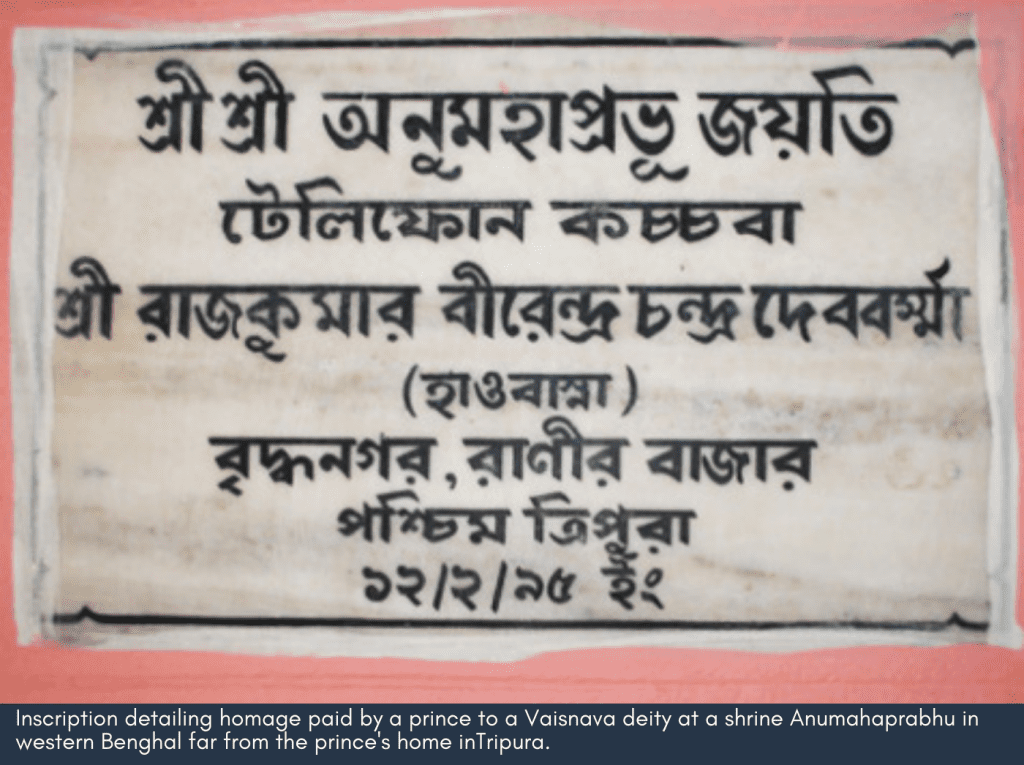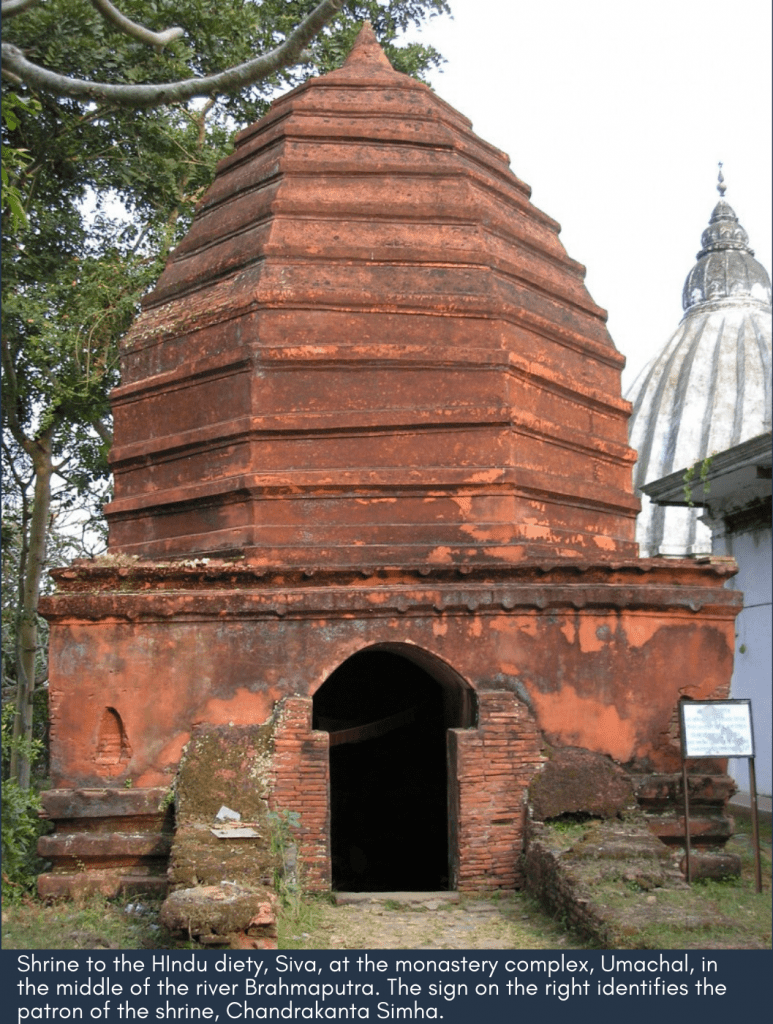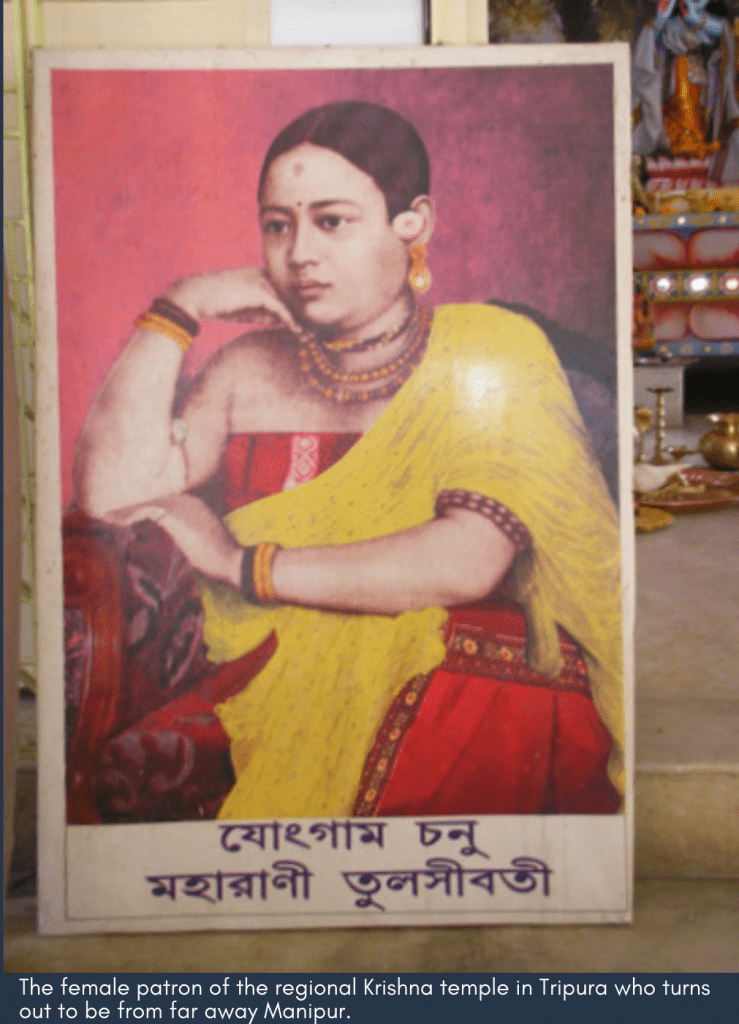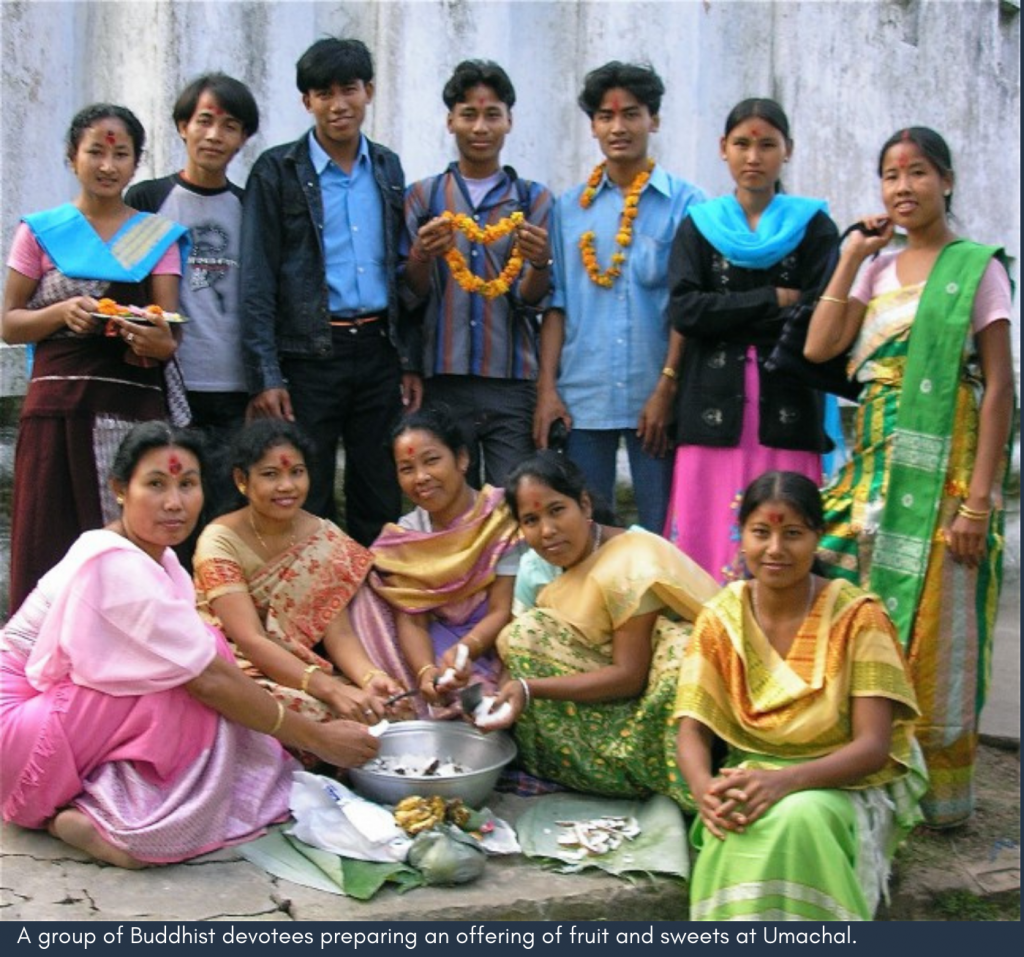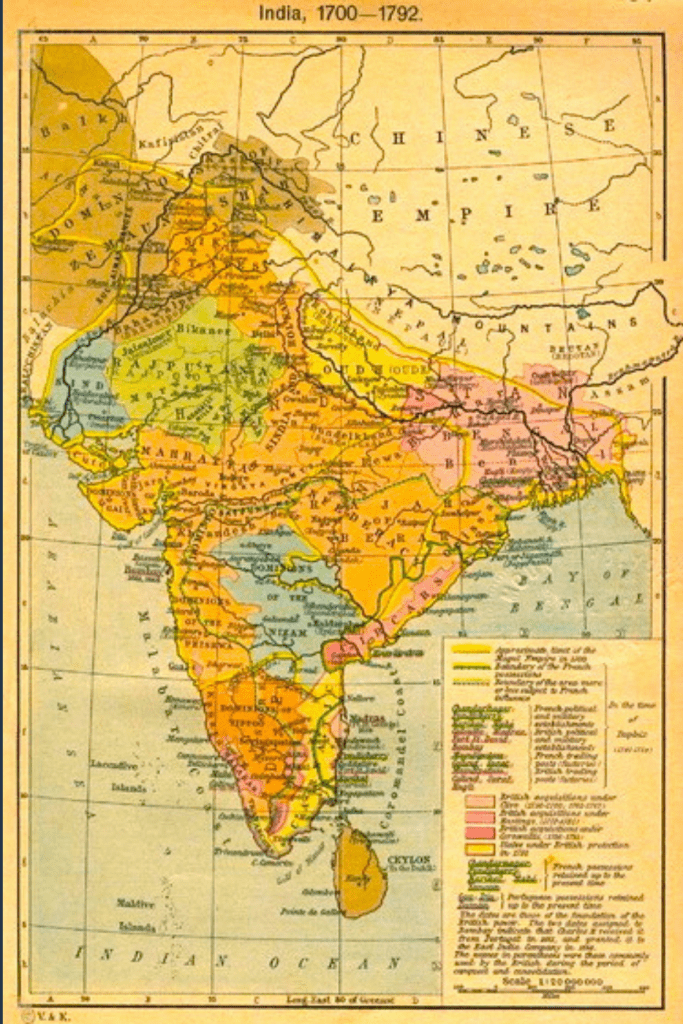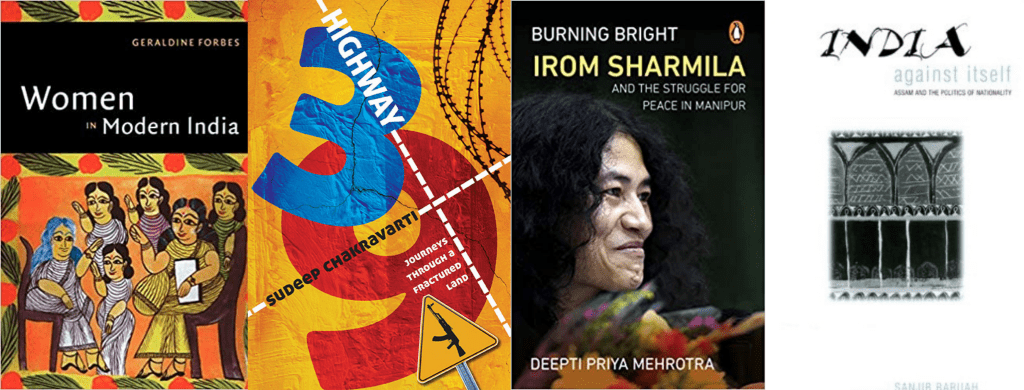In the late 15th century, Vasco da Gama rounded the Cape of Good Hope and conquered the Indian Ocean, bringing the rich trade under the direct control of the crowned heads of Europe and their appointed Indian Ocean Trading Companies. Or did he? Did Europe ever really come to dominate the 90,000 year old trade, or did it become just another in a series of actors competing for attention in an antique system of exchanges and commodities?
Guest Susan Douglass offers a nuanced view of the last five hundred years of European encounters with a deeply established international economy, makes the case that the remarkable story of this resource rich region isn’t over just yet.
